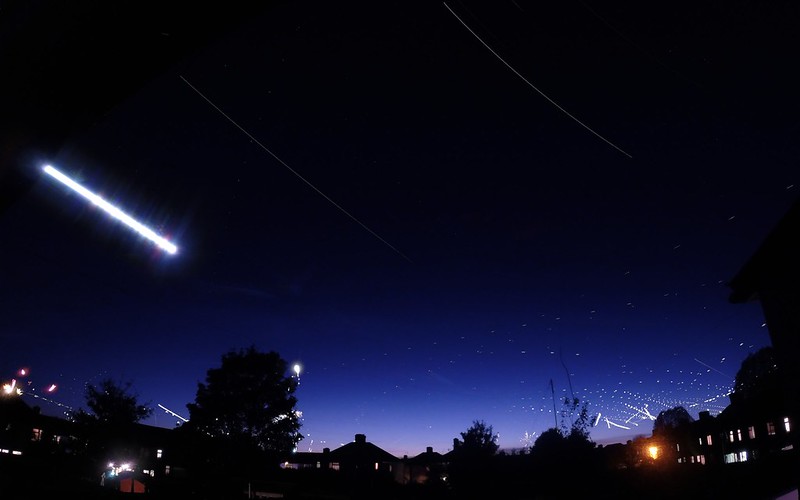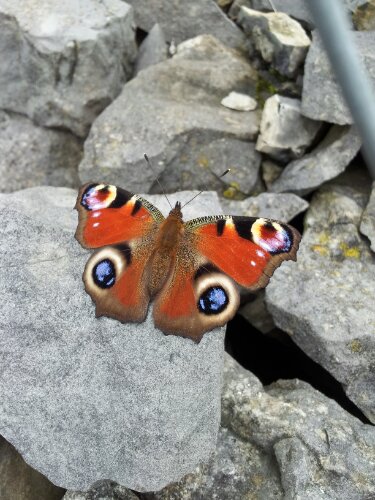I’ve a long standing interested both in experimental photography and time lapse photography. Back in October I picked up a new GoPro camera in the hope of using it for astrophotography, but it tuns out to be rather unsuited to that. The GoPro Hero 3, does have a time lapse mode though, so I’ve been playing with this recently.
Taking one frame every 5 seconds, a fully charged GoPro battery only lasts around 3 hours, it also drains the battery even if you’ve connected external power via the USB charge socket, once the battery is drained, the camera shuts down. The trick for longer recording is to remove the battery from the camera, and just run from power supplied to the USB charging socket.
I’ve had good results with a Samsung branded in-car (cigar lighter) phone charger connected to a 10 Ah sealed lead-acid battery. With this I’ve been able to record for over six hours.
The next project is to get the GoPro powered when in its waterproof case. Then I can leave it recording in all sorts of conditions. This will either mean drilling a hole in the case to feed a wire, of making up some kind of flat ribbon cable that can pass though the seals.
For now, here’s an eight hour time lapse, taken a few days ago. It’s just a shot from the upstairs window, if you look carefully in the first few minutes, you can see frost evaporating from roofs in the sun and the moon crossing the sky in the right corner.


